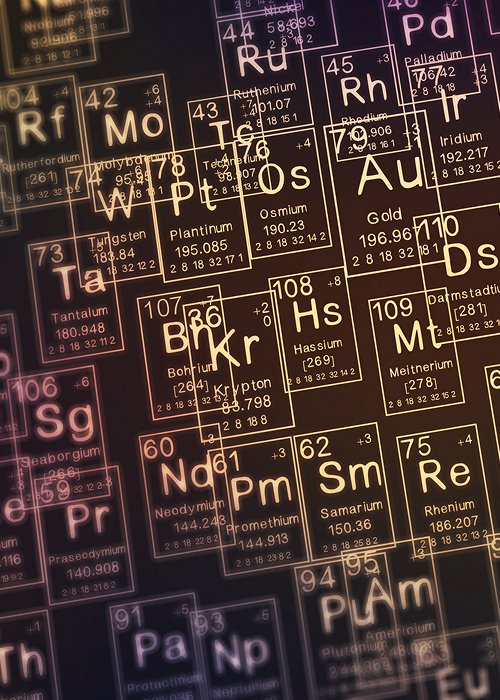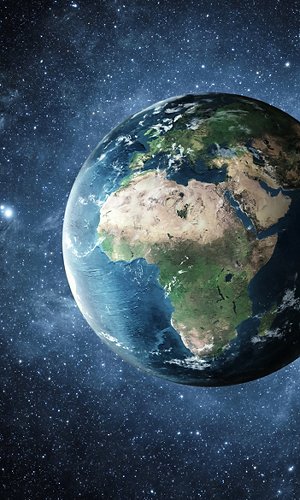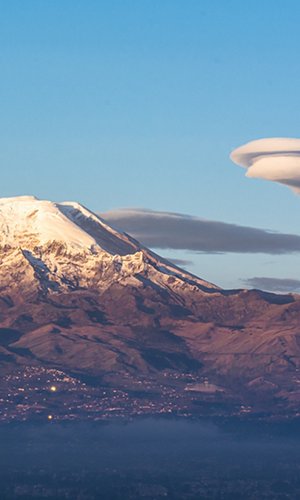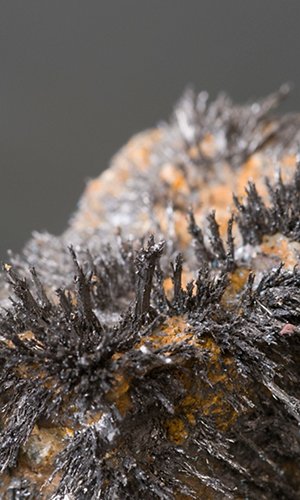What would happen if we managed to create new elements beyond the known ones, like uranium? That’s the question driving cutting-edge research in chemistry and nuclear physics. Creating new superheavy elements like livermorium (element 116) and the hypothetical element 120 isn’t just about adding new numbers to the periodic table, it could also expand our understanding of matter and the composition of the universe. Recently, researchers at Lawrence Berkeley National Laboratory achieved a milestone: for the first time, they produced and studied livermorium, a superheavy element with atomic number 116. This success came from a complex experiment using a particle accelerator - the 88-inch Cyclotron - and a beam of titanium ions (50 Ti) to bombard a plutonium-244 (244 Pu) target. The reaction produced livermorium ions, which were separated from other reaction products and analysed. The experiment proved that creating superheavy elements is possible using a titanium beam, showing we are reaching the limits of known matter. Like other superheavy elements, livermorium is highly unstable and decays rapidly. However, its study could help us better understand how to create and stabilise even heavier elements, like element 120 (unbinilium), which may belong to a new row of the periodic table. Scientists are particularly interested in element 120, as it may be the first to enter what is known as the “island of stability”. If stabilised, this element could have enormous implications for future research and unveil new aspects of nuclear physics. Unfortunately, each attempt requires days of experimentation, as in the livermorium study, which produced only two atoms in 22 days. If we manage to create element 120, it could mark the beginning of a new era in chemistry and physics, where superheavy element stability is finally understood and controlled. This isn’t just a step forward in scientific discovery, it’s an invitation to rethink everything we know about matter and the universe.
By Jacopo Buonocore and Marco Monterisi, 3L, Liceo Scientifico Vittorio Veneto, Milan




